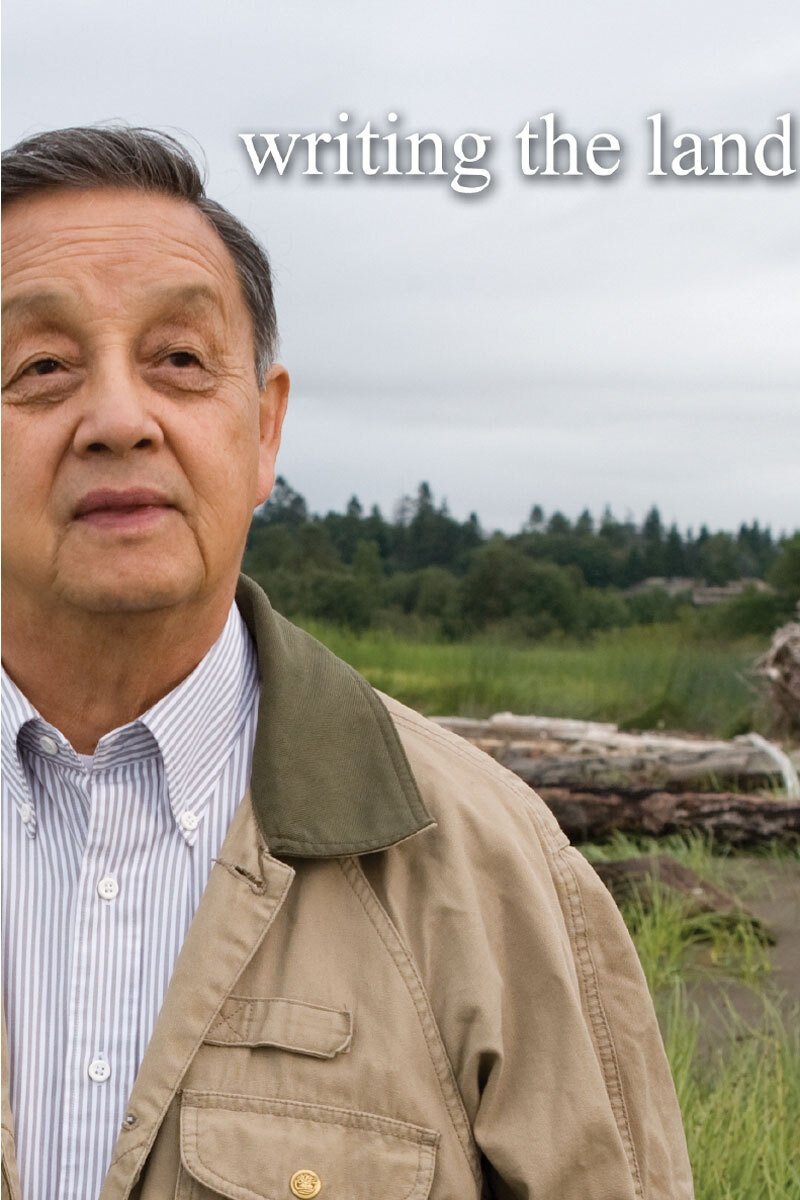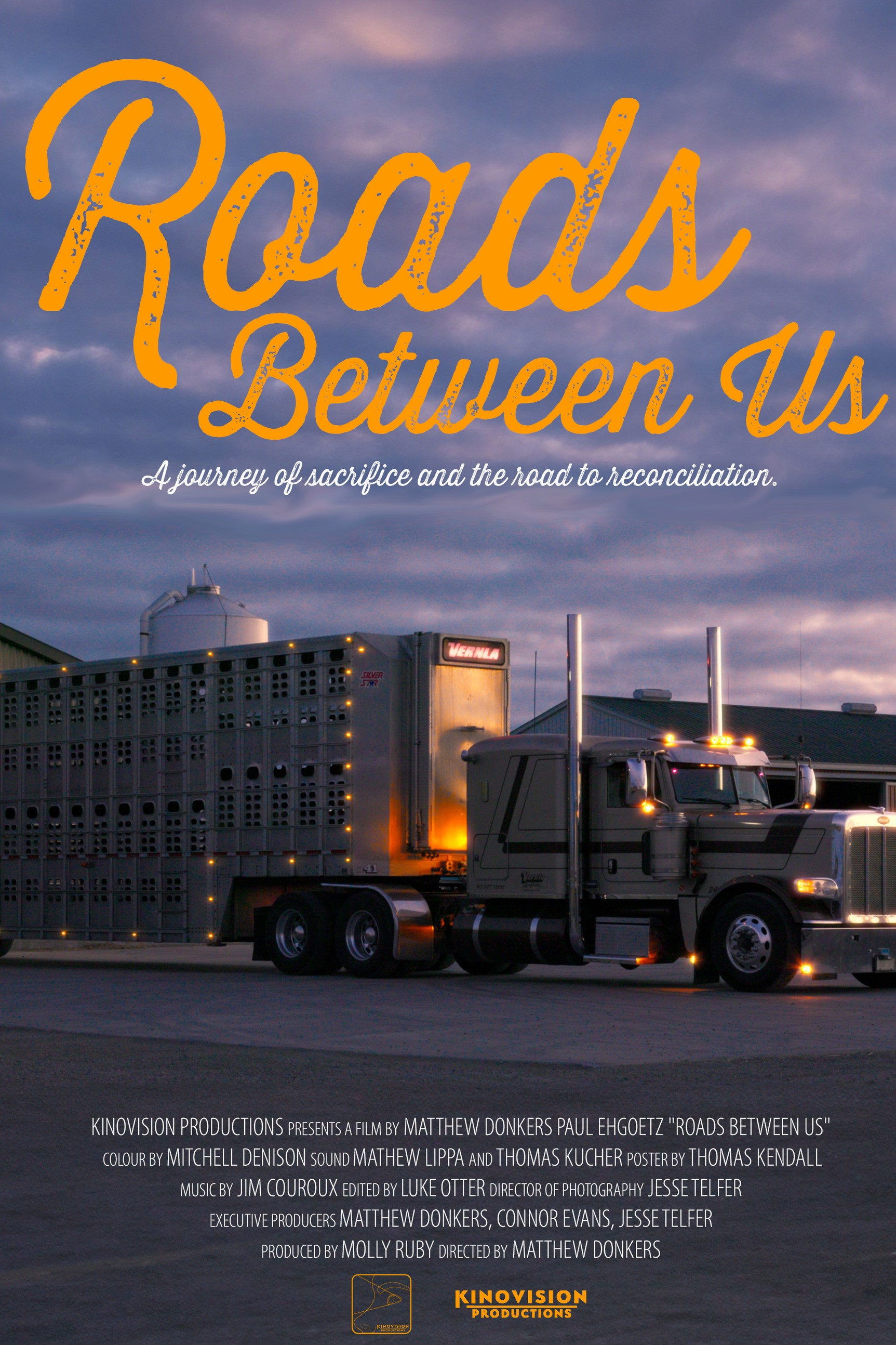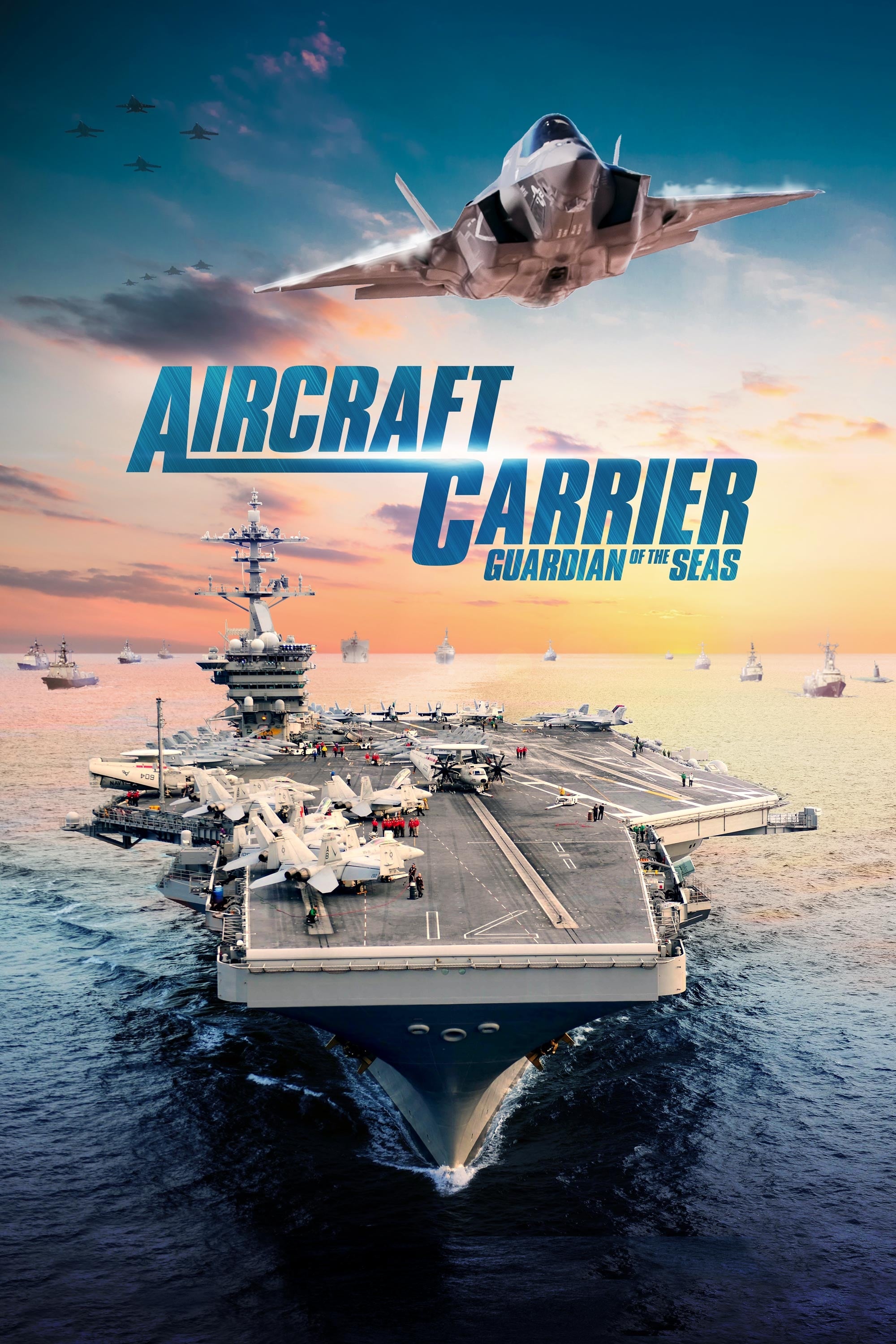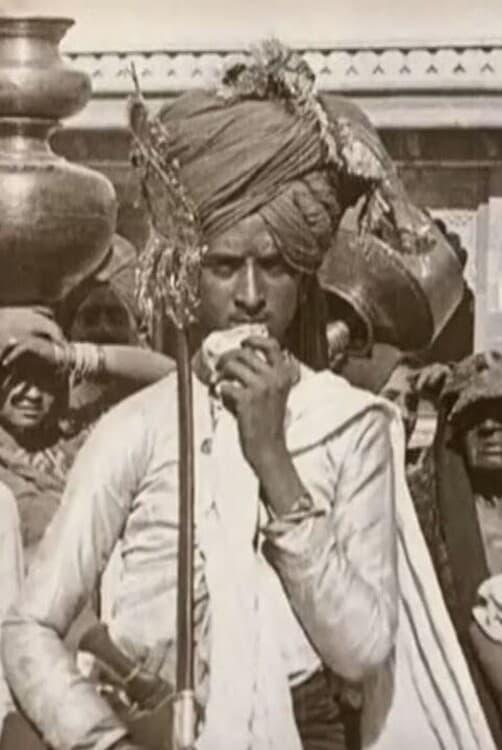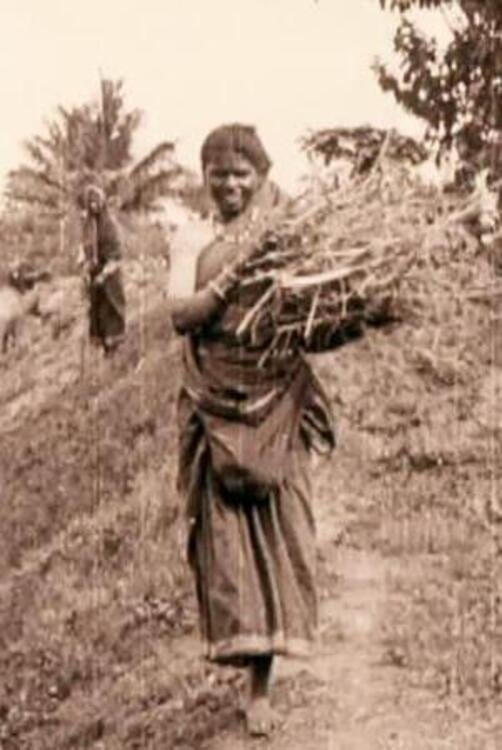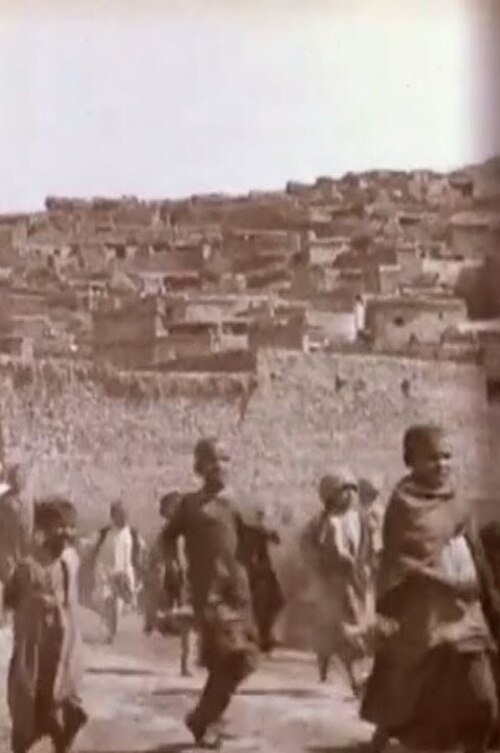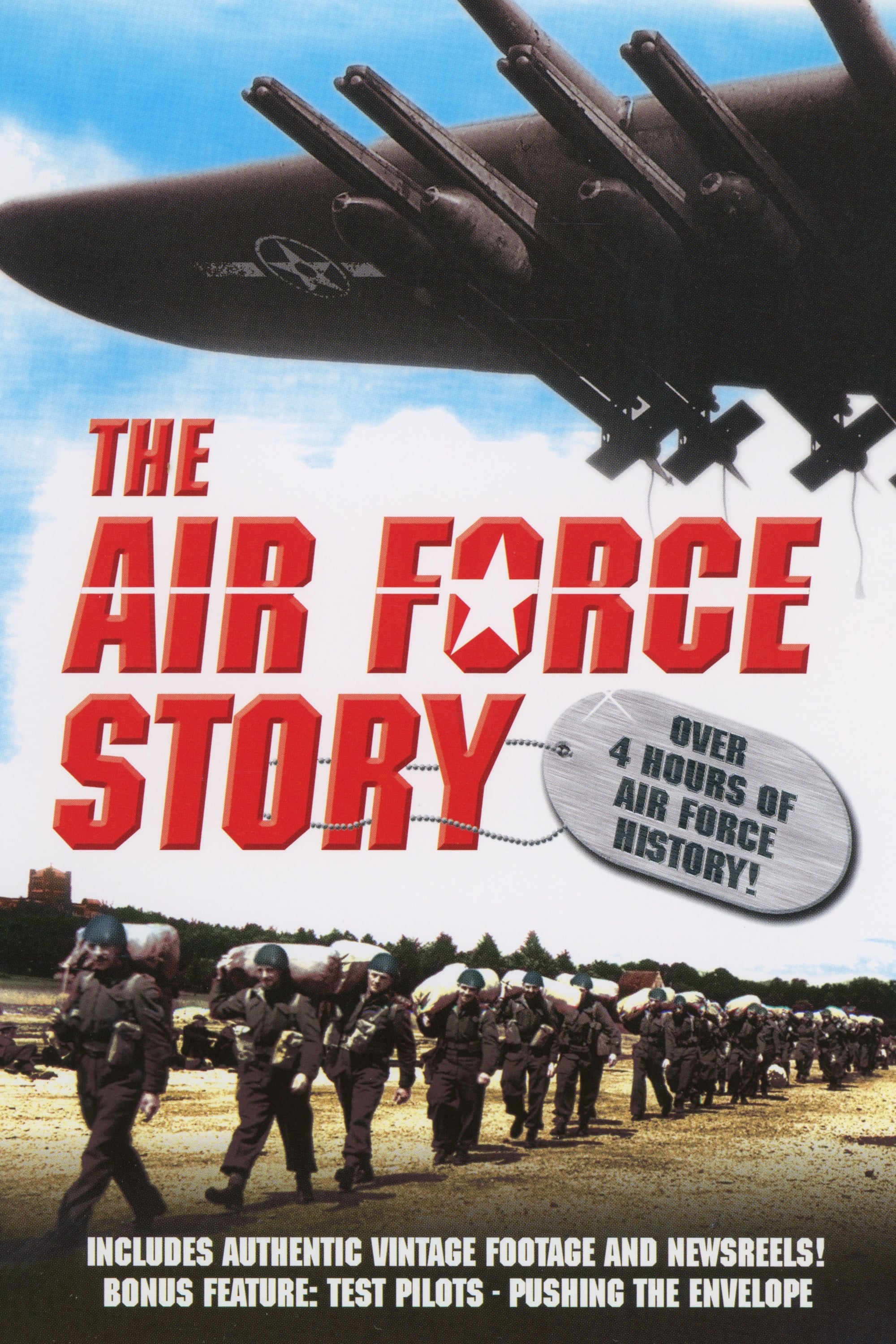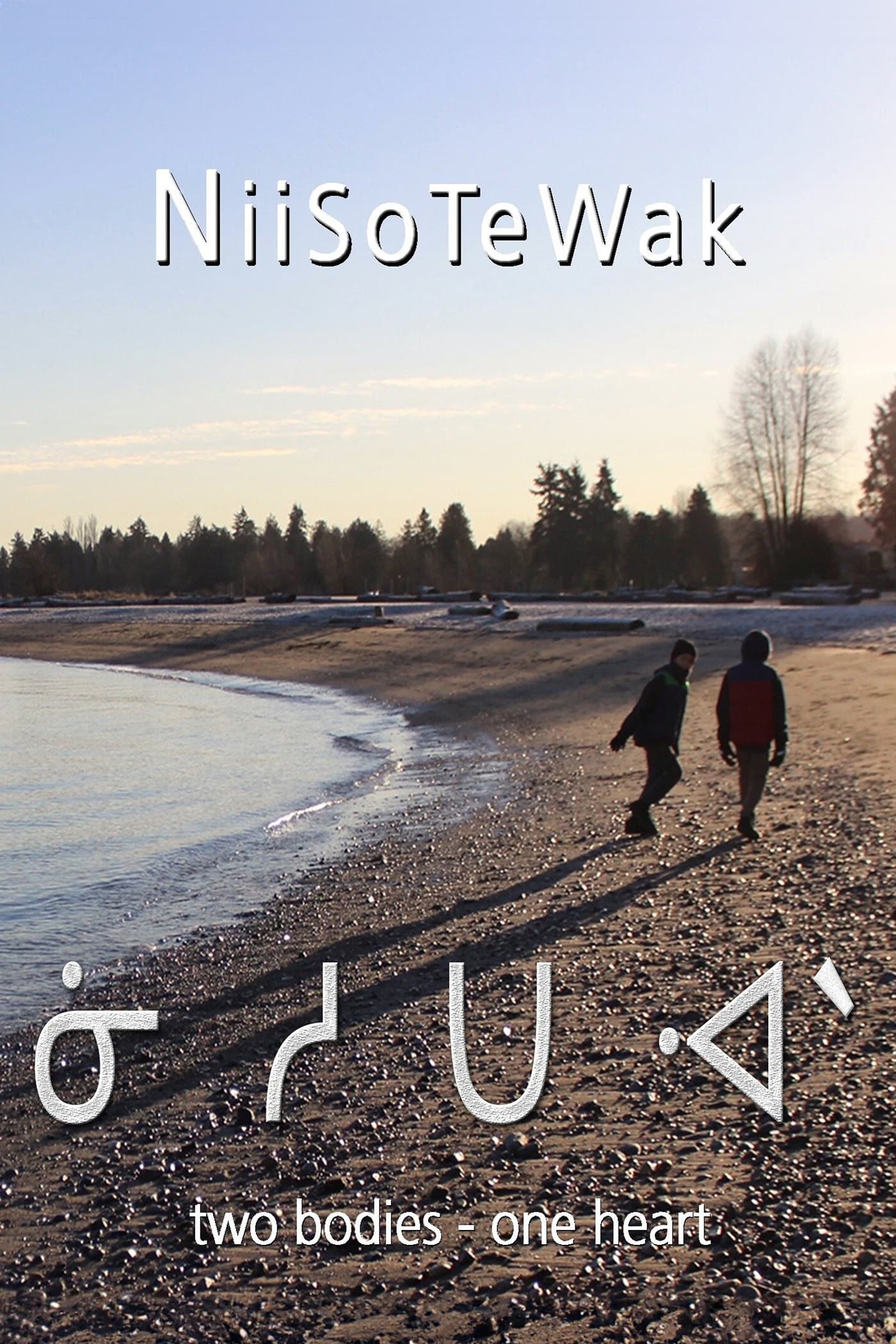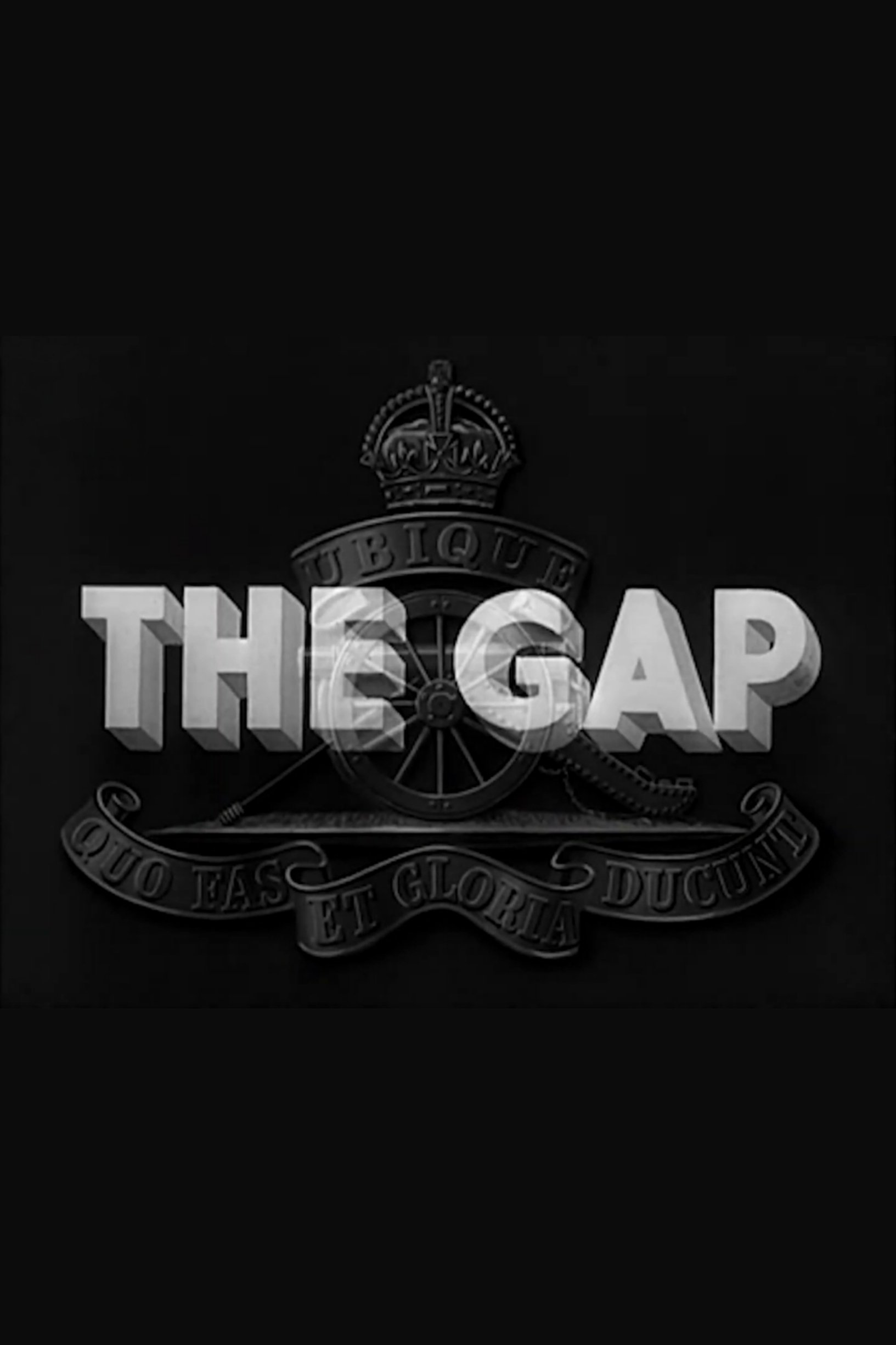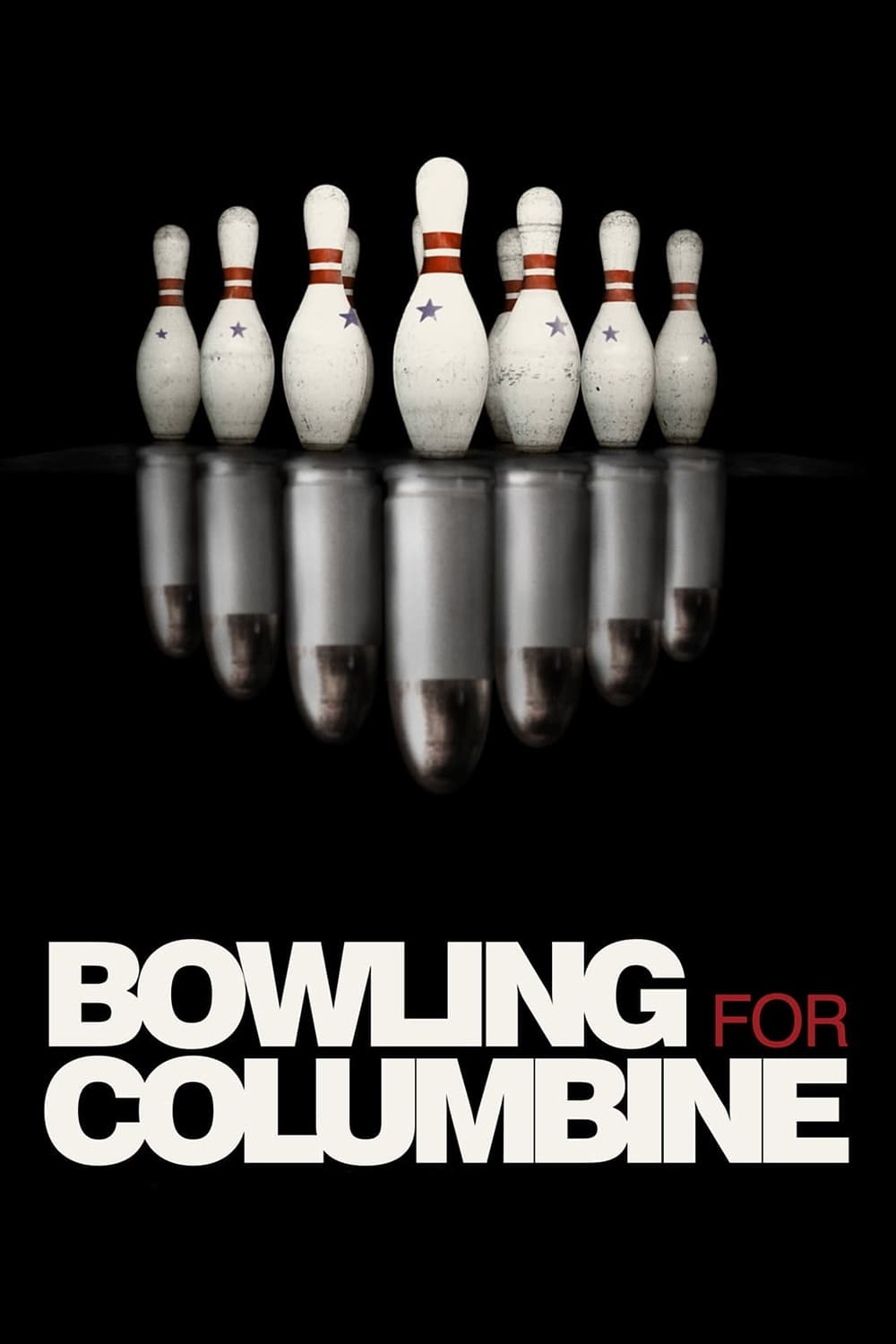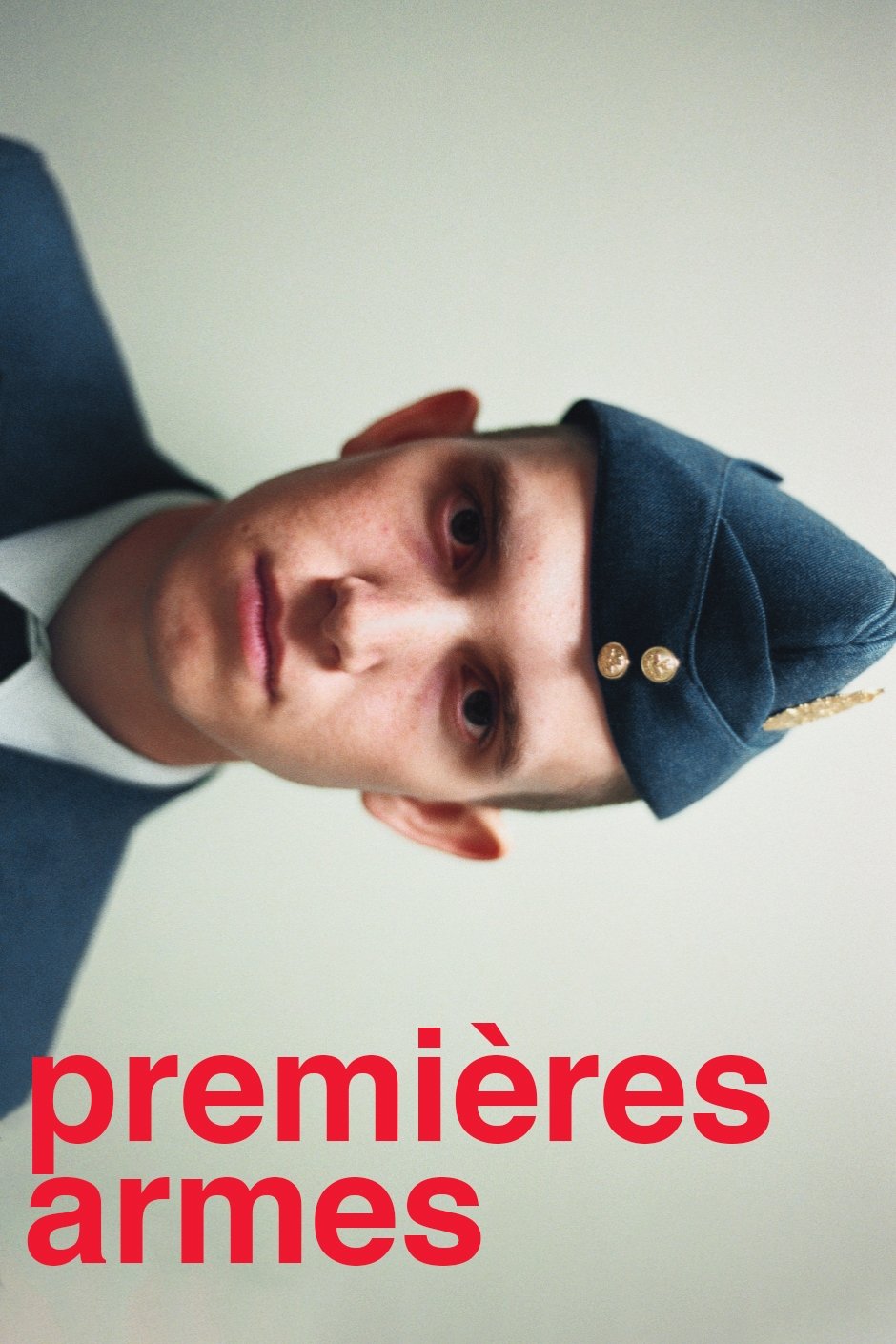
First Stripes (2018)
Released:
2018-02-20
Duration:
1hr 46min
Genres:
Documentary
Rating 6.0
Overview
As they undergo 12 weeks of intensive training, a group of young civilians is gradually moulded into soldiers. The Basic Training, a prerequisite for joining the Canadian Armed Forces, becomes the gateway to exploring the inner workings of a world governed by its own rules and values.
Production Companies
Additional Info
| Budget | $0.00 |
|---|---|
| Revenue | $0.00 |
| Original Language | fr |
| Popularity | 0.372 |
Directed By
Jean-François Caissy
Crew
Director
Jean-François Caissy
Jean-François Caissy
Producer
Johanne Bergeron
Johanne Bergeron
Editor
Mathieu Bouchard-Malo
Mathieu Bouchard-Malo
Writer
Jean-François Caissy
Jean-François Caissy
Director of Photography
Nicolas Canniccioni
Nicolas Canniccioni
Executive Producer
Colette Loumède
Colette Loumède
